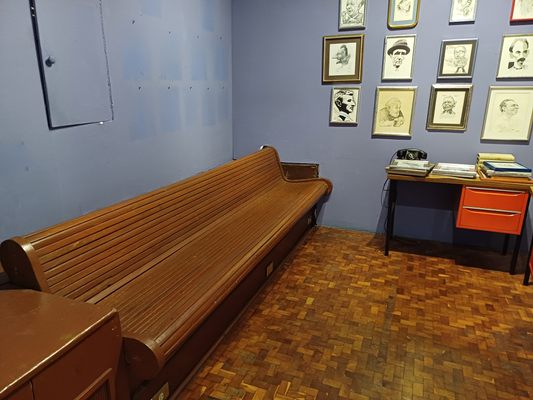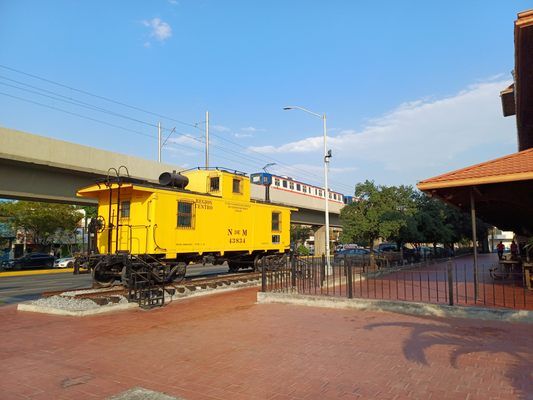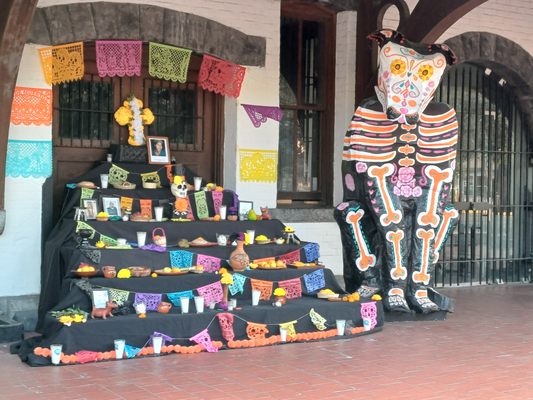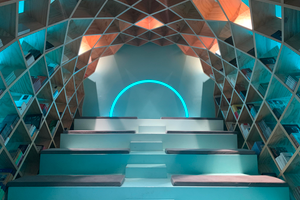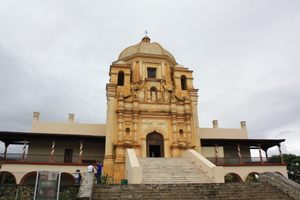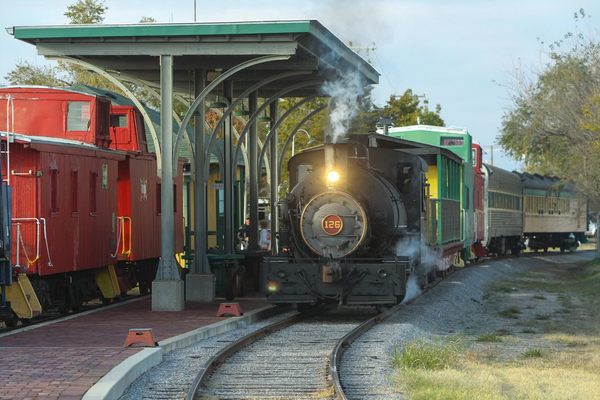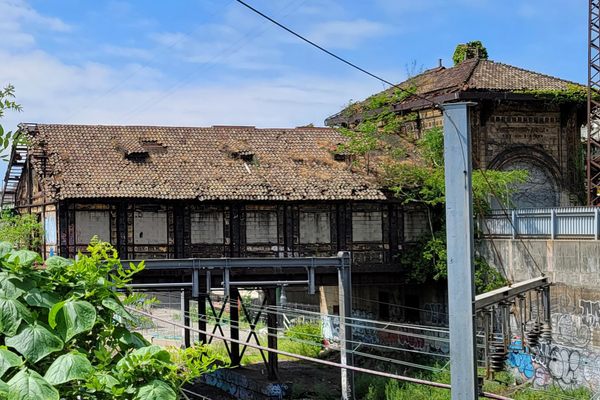About
The Estación del Golfo, constructed in a very unusual architectural style, played a crucial role in the railroad revolution that swept across Mexico. Located in Monterrey, Nuevo Leon, the station was the terminal of the Gulf line, which connected the western state of Coahuila to the port of Tampico on the Gulf of Mexico.
This infrastructure has connected the country in more ways than one: families could see loved ones in other states; immigration rose significantly for those looking for better opportunities; Mexico's love of food reached new heights; and even the development of the Morse Code coincided with the railroad boom.
Although the Estación del Golfo is no longer a functioning station, it has been converted into a museum that chronicles Mexico's railroad revolution. The exhibition is a charming and romantic showcase of Railwayana, personal stories, and black-and-white photography.
The building's architectural style amongst the surrounding Monterrey metropolis is extremely different. Because Mexico was behind in the world's railroad revolution, expertise was sought from abroad. American architect Zachary Taylor and English contractors Jon and William Price were commissioned for the design and build.
This foreign influence is most notably seen in the Beaux-Arts architectural style which was popular in the United States at the time; the gable roof design supported by carved wooden beams; a five-story central tower with medieval-style stone towers on the facade; the English slate and steel structure imported from America; and the Railwayana branded by American firms.
Inside the station, visitors can admire the sumptuous dark wood-clad walls, parquet floors, ornate furniture, and the beamed ceiling structure that formed the lobby. Upstairs, a hatch in the wall with black wrought iron railings, set in an ornate wooden door with the word "Boletos" written above, was once the bustling hub of ticket sales. The display of various models and photos captures how well-dressed people were at that time.
The high-quality materials and craftsmanship can be seen in the Railwayana too. You'll find manufacturers branding proudly stamped on metalwork, woodwork, and more.
These times of rapid development also established gastronomic lines along the railroads. Photos depict the mobilization of food and people across the republic, be it classy station restaurants, vendedores running along the station platform and trading through locomotive windows, or Mexico's high society being waited on in fancy dining cars. Eating at the station, on the platform, and during the journey became part of the culture that grew around the railway. Thanks to the railway, more food and different types of cuisine were being traded and eaten across the county.
Not only was cuisine mobilized, but people were too. In fact, at the Gulf station, people were at the heart of the operation, working in railroad repairs, workshops, aboard the trains, and in administration. An extensive collection of their tools and equipment is displayed, providing a window into the past.
The telegraph became vital in connecting Nuevo Leon with the other states and the world. These communication improvements fostered developments in Monterrey's trade and industry, which by no coincidence accompanied the path of the railroad.
Mexico became more connected along the railroads and beyond, influencing almost every aspect of Mexican society in some way. This became the lasting legacy, because the popularity of train travel waned as other forms of transportation became more prevalent. As such, eventually, the Estación de Golfo fell from being the vibrant transport hub it once was until it ceased operations altogether. However, in recent years, the Antigua Estación del Golfo has been restored and repurposed as a cultural center with a railroad exhibition.
Related Tags
Know Before You Go
The Railroad exhibition is housed in the former Estación del Golfo, now known as the "Casa de la Cultura de Nuevo Leon", on the right-most portion of the building. From the main avenue, Approach the building's five-story central tower and turn right, following the building's canopy, past the railwayana to the entrance of the Museo del Ferrocarril. The exhibition is closed on Mondays and Sundays, but open the rest of the week between the hours of 10 am and 6 pm.
Yucatan: Astronomy, Pyramids & Mayan Legends
Mayan legends, ancient craters, lost cities, and stunning constellations.
Book NowPublished
May 18, 2023



















